Crisis on the menu: How cut-price deals and fast food are reshaping France’s sacred lunch ideals
French consumers aren't feeling economically confident, triggering the appearance of novel cut-price menus at many cafes and restaurants.

A long, languorous lunch is a typical French stereotype, and a set menu for a fixed price, a formule, is still a regular sight on French restaurant menus at lunchtime. It's an idea dating back to the 17th century at inns or other eateries, where people ate a fixed menu at a collective table.
There are suggestions that the idea of the French lunchtime is changing though. In a recent poll, four out of ten people questioned across France said they no longer ate three meals a day, not due to a lack of time but because of financial constraints.
Even though inflation undershot expectations for March, according to the consumer champion organization, 60 Millions de consommateurs (60 million consumers), French shoppers are feeling the pinch.
French people aren't feeling economically confident, partly due to recent political uncertainty and partly because consumer prices are still inflated. Between December 2021 and the end of 2024, the cost of major supermarket brands increased by 14%, and white-label products rose by 20%. A key part of the puzzle is that wages haven't increased.
Now, across France, some restaurants offer an anti-crise menu, a similar offering of a starter, a main, and dessert, but at knock-down prices. Some of these restaurants buy food nearing its use-by date, and some purchase in bulk or items on promotion. For the restaurant owners, it's the chance to double or triple their lunchtime covers while hoping they can still make money on the drinks.
McDonald's is also offering a cut-price menu. For its 2 million daily customers, the menu Mcsmart offers a drink, fries, and two burgers for €5. The company has also rolled out this menu in Germany and Australia.
Another example of changing eating habits is the brisk trade in France's Bouillon restaurants. Bouillon is a word from the 17th century for a liquid to boil, usually offcuts of meat, but vegetables too, that make an inexpensive, hearty broth. Across the country, Le Monde reports that bouillon restaurants are having a revival, where customers sit on long wooden tables, eat a hearty broth, and drink wine from pitchers that won't break the bank. At Le Grand Banquet in Paris, for example, people sit at tables of 30 with red and white checked tablecloths, sharing bread baskets and water jugs, finishing with a quick coffee, served without the saucers, saving on the washing up.
The volume of business enables these bouillon restaurants to buy in bulk from suppliers, and servers are encouraged to turn tables quickly with pay indexed to the day's sales or tied to the number of tables served. It's a model that requires significant footfall and rapid turnarounds.
As Thierry Marx, President of UMIH, a union for the restaurant industry, says, while these cut-price menus may seem significant, it can be a trap if you still don't make enough to pay staff. He sees it more generally as a sign that the sector is in trouble.
Americans are changing their lunch habits, too
Across the Atlantic, U.S. consumer confidence is the lowest it's been in four years, and Americans also appear to be rethinking lunchtime spending habits.
The Wall Street Journal reports that, in the U.S., research firm Circana said that Americans bought 3% fewer lunches at restaurants in 2024, and groceries usually bought for eating at home but brought into the office rose by 1%.
Moreover, in the first three months of 2025, lunchtime foot traffic fell an average of nearly 8% year-on-year for fast casual dining and just over 4% for fast food locations, per Black Box Intelligence. LinkedIn also reports that 71% of workers have resolved to bring lunch from home more often. All are likely recession indicators in the U.S., says Morning Brew.
Is it just about community in France?
This shift might be underpinned in France by a decline in a sense of community rather than just pure economics.
Many of these small restaurants offering reduced-price menus, reports FranceInfo, are located in small villages and provide a cultural lifeline to residents, offering a place to gather as well as the chance to afford some tasty food. Enjoying lunch in a communal space has been a big draw.
Likewise, the impetus may be the same for McDonald's customers. In the past ten years, the fast food giant has opened 300 restaurants in France, and it recently announced plans to open 50 more throughout 2025, with the aim that any French person will only be within 20 minutes of a branch. It's a win-win for McDo (as the brand is commonly called in France), as it is called across the country, as rural land is cheaper and construction costs are more affordable.
In many small villages of just 3000 or 4000 residents, it’s highly likely with such a plan that McDo will take the place of a local bar or café, something the company believes can help to rejuvenate small communities where there aren’t any cafes or restaurants remaining. According to Euronews, in 1960, France had 200,000 cafés, and in 2015, that figure was down to 60,000, mostly in rural areas.
For that reason, a politician from President Macron's party, Guillaume Kasbarian, has proposed a new bill that would make it easier to reopen bistros, cafés, and bars in places where others have closed. Kasbarian said that the goal is to bring life back into villages. "In many small towns," Kasbarian noted, "there is not a single shop, café, or bistro. Yet, these places are essential for socializing and community engagement."
Elected officials across France are now debating the problematic issue because the government is trying to tackle the 40,000 annual premature deaths due to alcohol consumption. In the face of the rapid expansion of fast food outlets, which may lead to other health issues, the right decision for local communities may be a moot point.
One thing is sure, though. Everyone likes the chance to have lunch outside their home occasionally, and communities need a place to congregate, ideally simultaneously.
This story was originally featured on Fortune.com




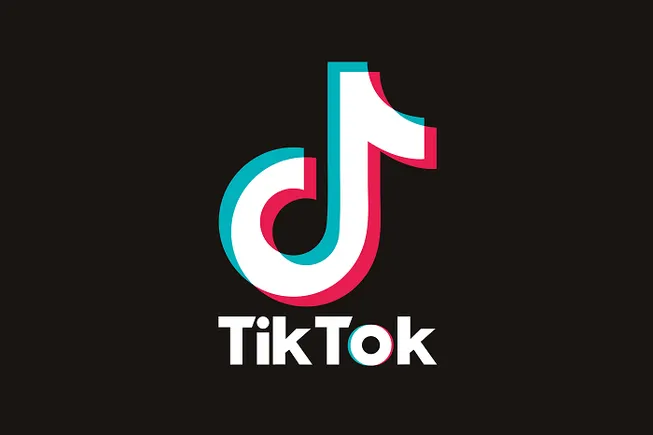
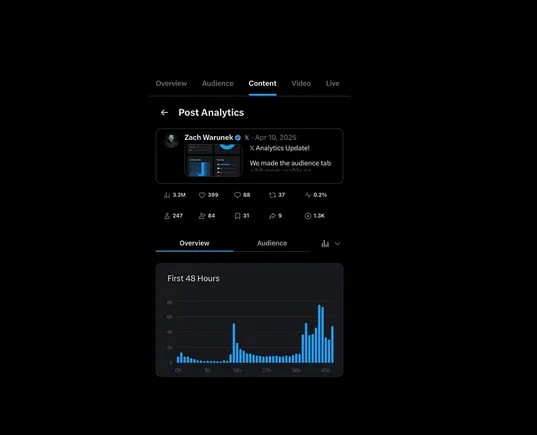


























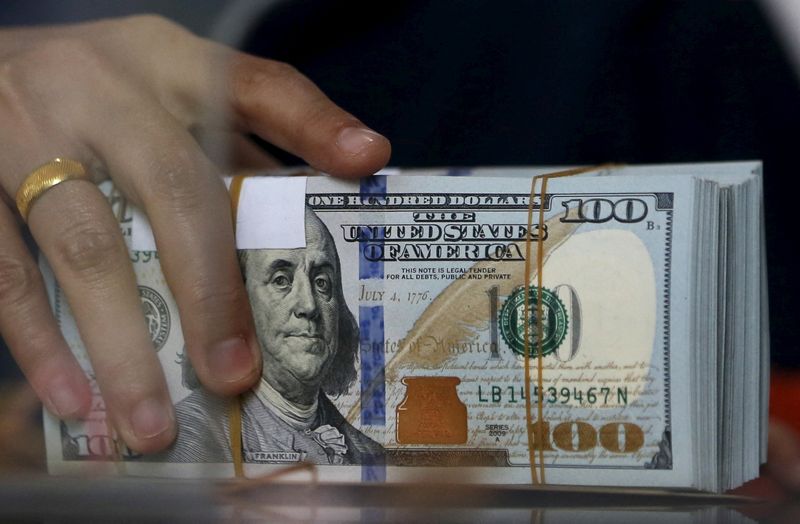
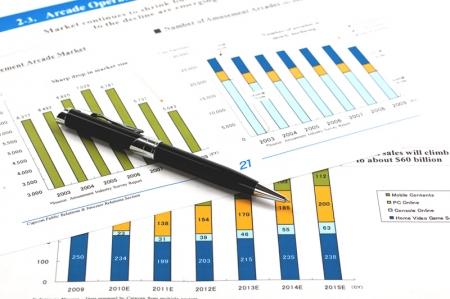








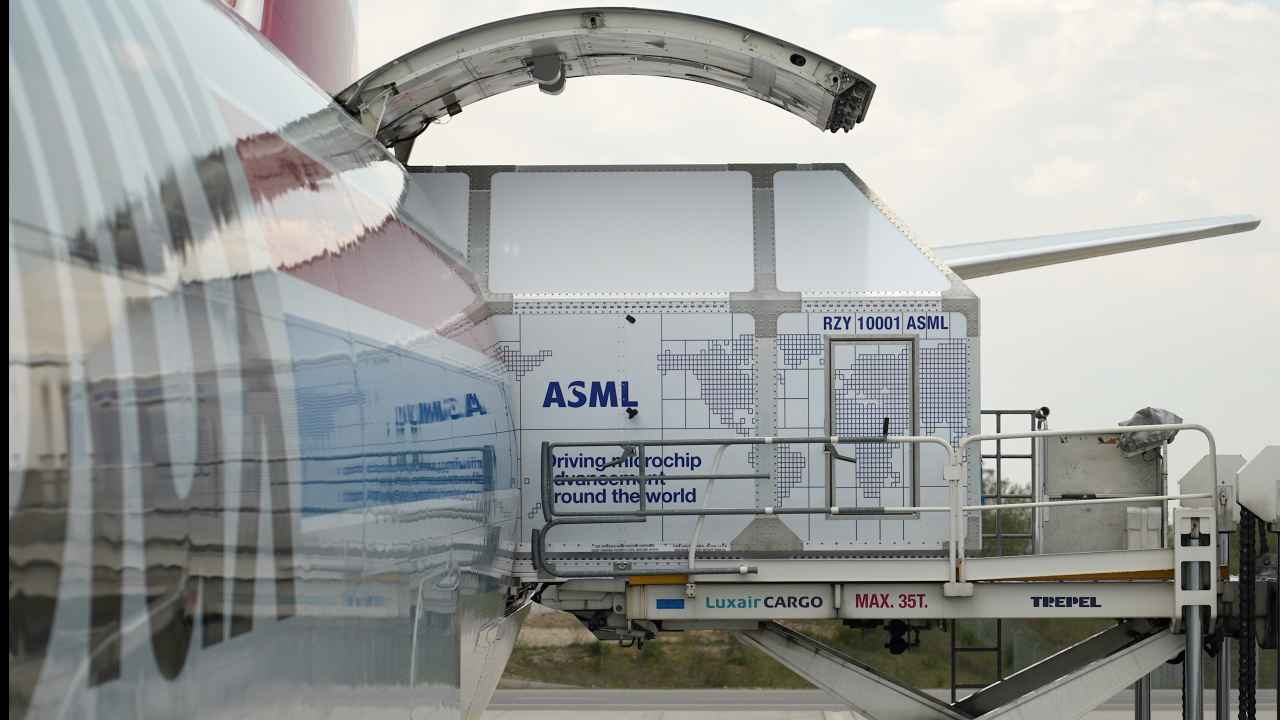


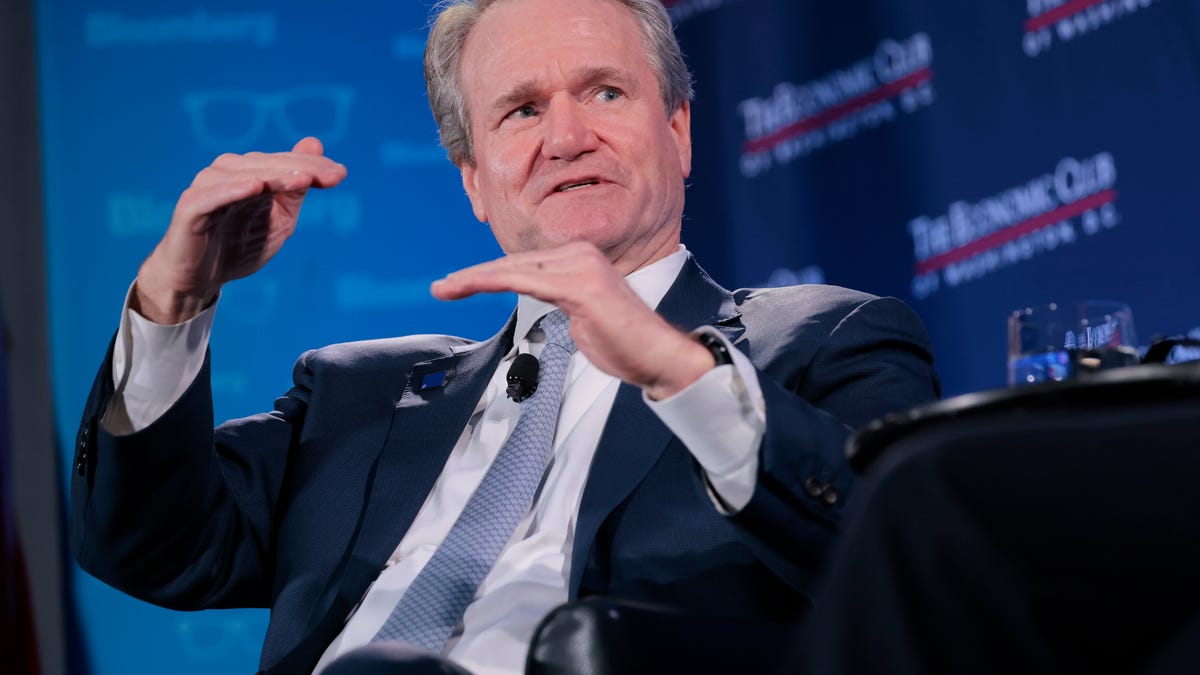






























































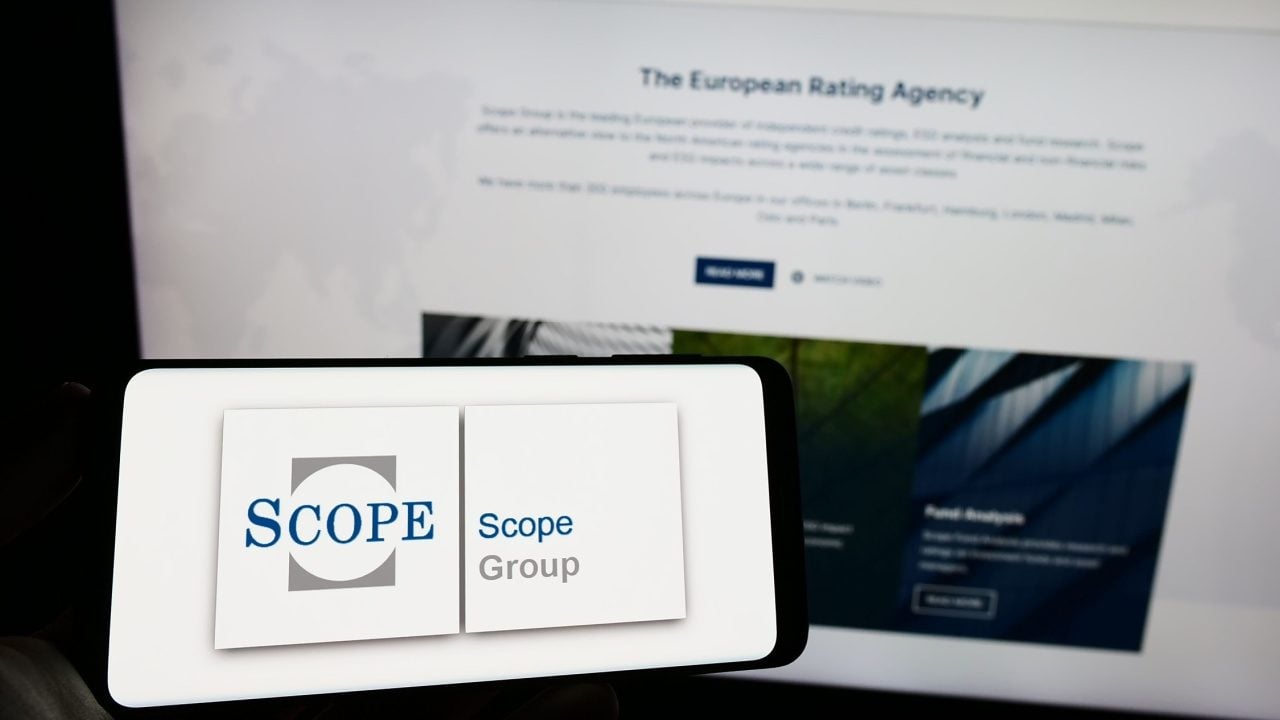










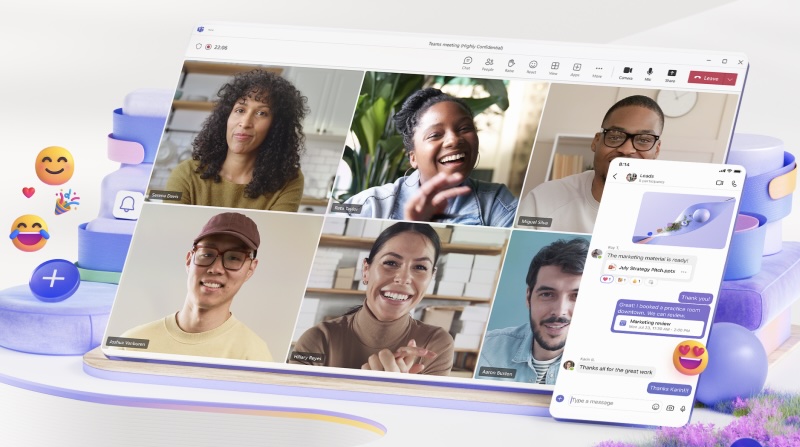




















































.jpg)













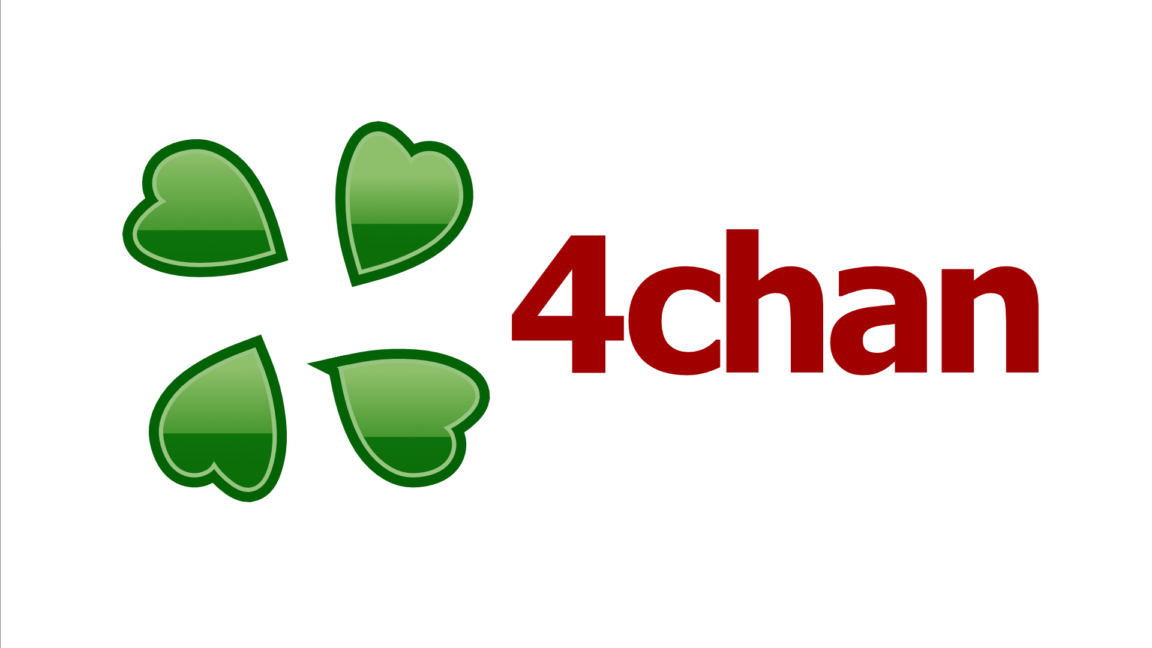





![How to Find Low-Competition Keywords with Semrush [Super Easy]](https://static.semrush.com/blog/uploads/media/73/62/7362f16fb9e460b6d58ccc09b4a048b6/how-to-find-low-competition-keywords-sm.png)



